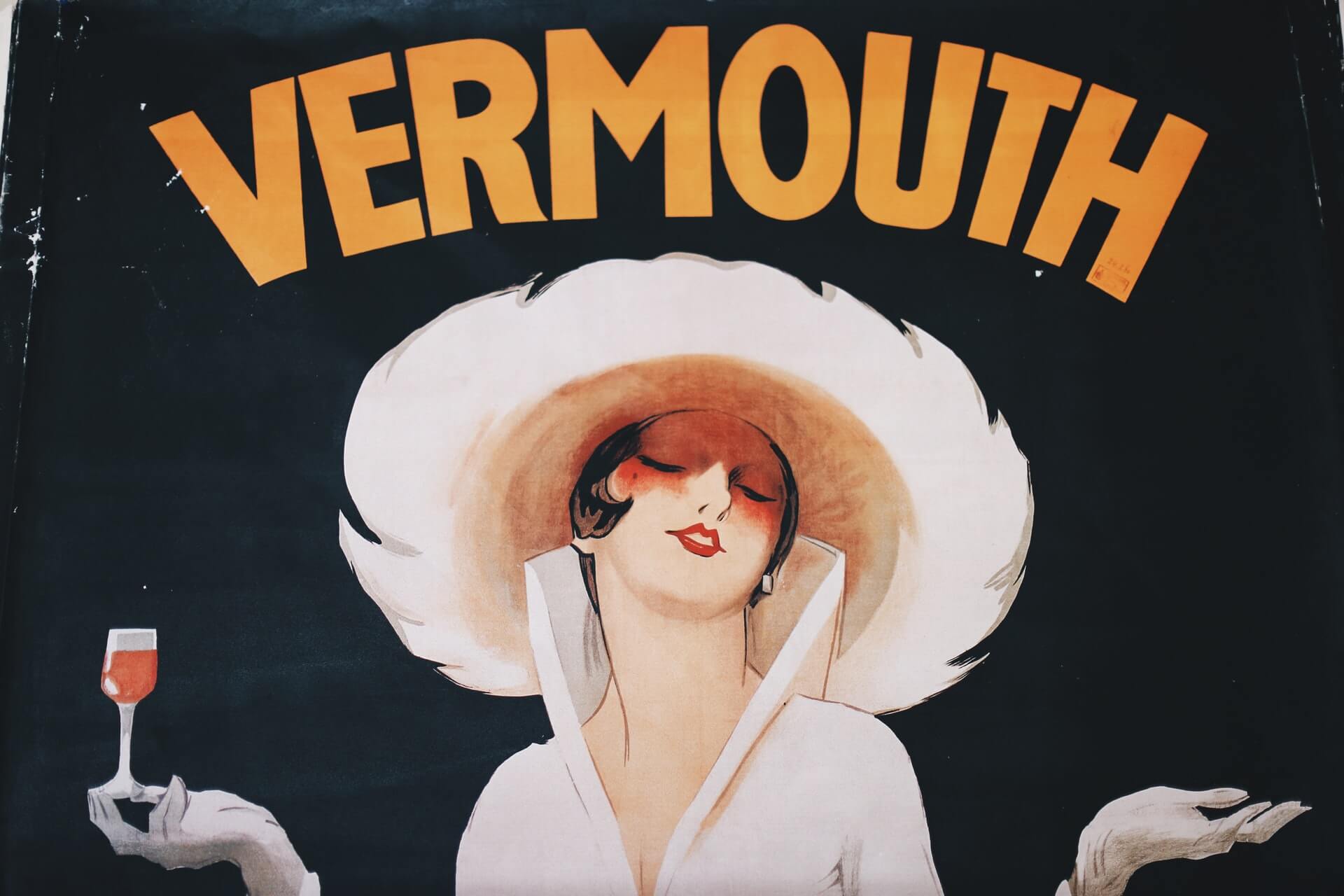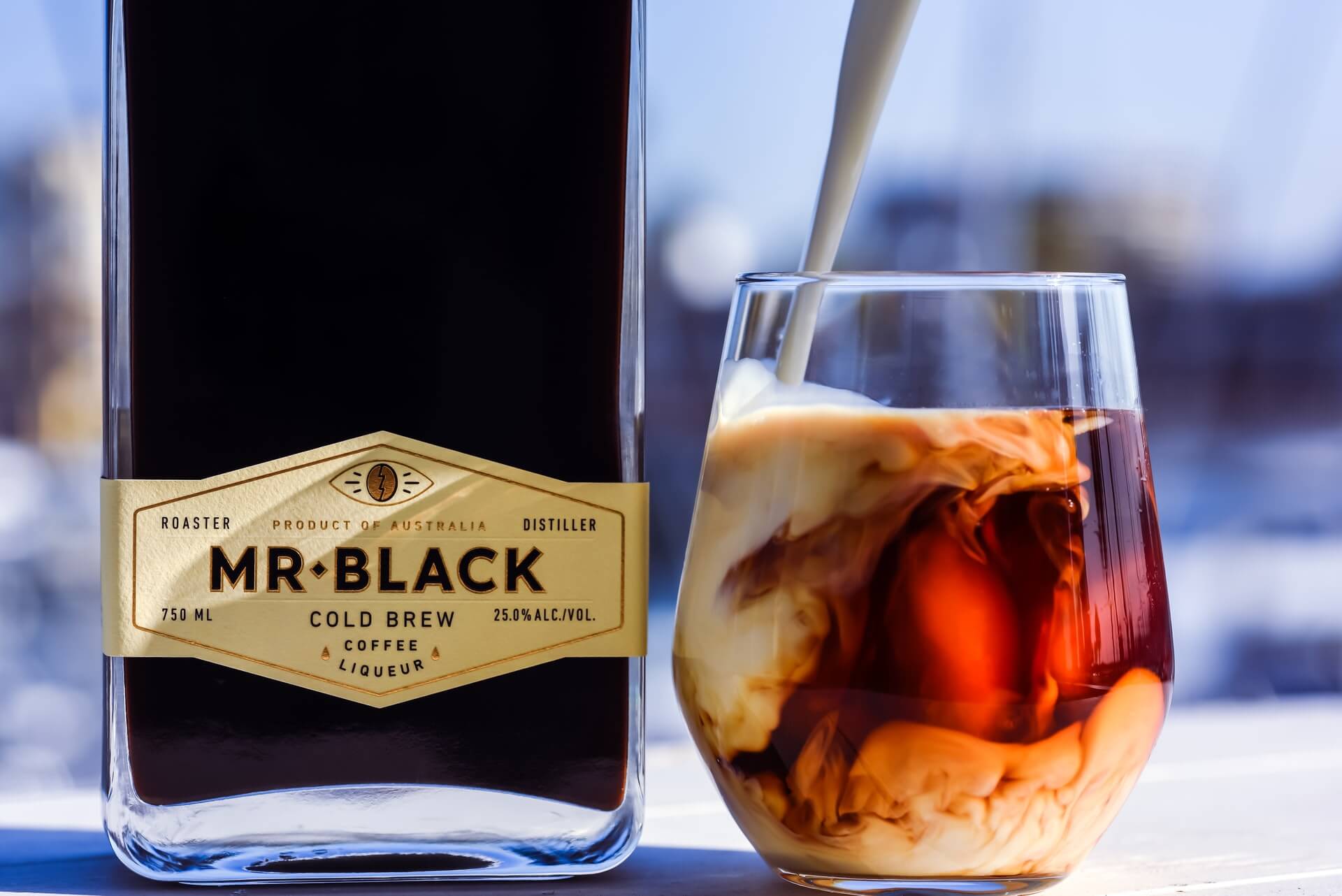Meet Your Next Love: Amante 1530
by David Klemt
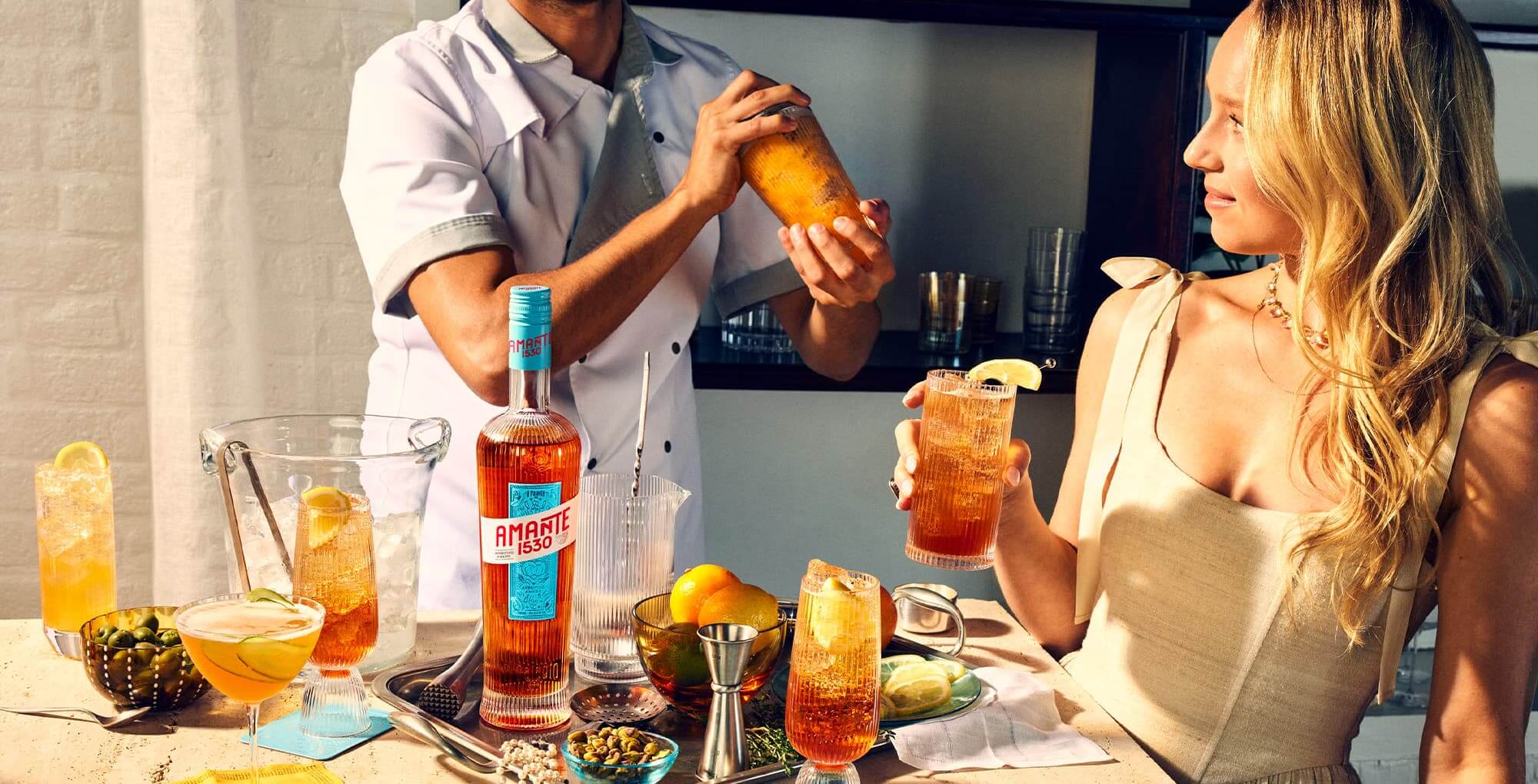
A beautiful new luxury amaro from Italy is committing to becoming your next—and best—lover, whether you enjoy it straight up or in a fabulous cocktail.
Produced in Tuscany, Italy, at the Il Palagio 1530 estate, Amante 1530 hits a multitude of sweet spots.
Whereas Aperol comes in at 11-percent ABV and Campari hits between 24- and 29-percent ABV, Amante 1530 rings in at 15 percent. Further, this amaro has less sweetness than the former and less bitterness than the latter.
I sat down with Ana Rosenstein, the brand’s CEO, for an episode of the Bar Hacks podcast. Declaring herself a nerd, she explains that Amante 1530 falls in between Aperol and Campari, and can serve as an aperitivo or a digestivo.
Notably, the team behind Amante 1530 isn’t out to replace Aperol, Campari, or other well-established amari on the market. During our conversation, Rosenstein shares that she believes the brand speaks to an amaro consumer that hasn’t, until now, found the product that truly speaks to them. (You’ll also gain some invaluable insight into succeeding with investors during this episode.)
Below, four recipes that highlight Amante 1530’s key flavor notes of citrus, ginger, and honeysuckle. That said, I think you’ll find that Rosenstein’s recommendation of enjoying it neat or on the rocks with a slice of Amalfi lemon delivers an elegant and refreshing experience. Cheers!
View this post on Instagram
The Last Lover
- 1.5 oz. Amante 1530
- 1 oz. Blanco tequila
- 0.5 oz. Fresh lime juice
- 2 oz. Quality soda water
- 4 cucumber rounds
- 1 barspoon Agave nectar (optional)
Muddle the cucumber rounds in a shaker, then add ice and the first three ingredients. As an option, you can add a barspoon of agave nectar. Shake, then strain into a Collins or highball glass. Top with soda water.

Moonraker
- 1.5 oz. Gin
- 0.75 oz. Amante 1530
- 0.75 oz. Fresh lemon juice
- 0.5 oz. Green tea simple syrup
- 3 Cucumber rounds
- 2 Cucumber ribbons to garnish
Muddle the cucumber rounds in a shaker. Fill shaker with ice. Add gin, Amante 1530, lemon juice, and green tea simple syrup. Shake well, then double-strain into cocktail coupe. Garnish with ribbons/lengthwise slices of cucumber, and serve.
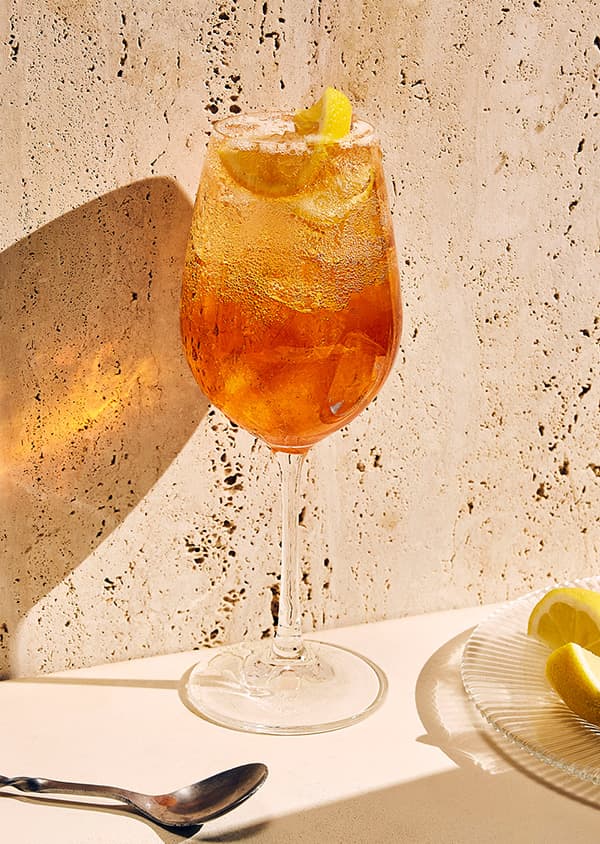
Amante Spritz
- 2 parts Amante 1530
- 3 parts Prosecco
- 1 part High-quality soda water
- 1 Amalfi lemon wedge to garnish
Prepare a stemmed balloon glass or goblet by adding ice. Next, add the Prosecco to the glass, followed by Amante 1530. Top with soda water, then squeeze the juice from the Amalfi lemon and drop in the wedge to garnish.
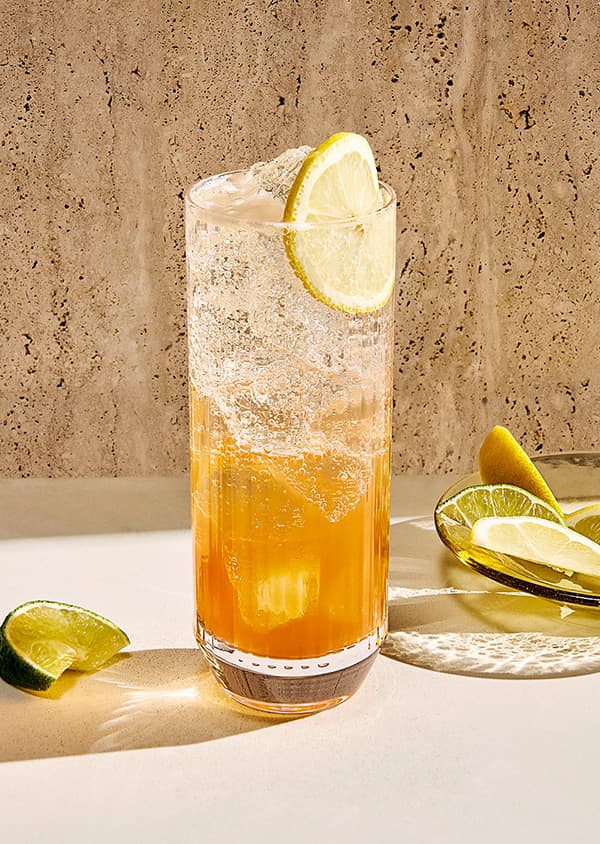
Palombo
- 1.5 oz. Reposado tequila
- 0.75 oz. Amante 1530
- 0.25 oz. Fresh lemon juice
- 0.25 oz. Fresh lime juice
- 0.5 oz. Simple syrup
- 3 oz. Soda water
- Lemon wheel to garnish
Prepare a Collins or highball glass by adding quality ice. To a shaker filled with ice add all the liquid ingredients except the soda water. Shake, then strain into the prepared glass. Top with the soda water, then garnish with the lemon wheel and serve.
Disclaimer: Neither the author nor KRG Hospitality received compensation, monetary or otherwise, in exchange for this post or podcast appearance.
Images: Amante 1530


